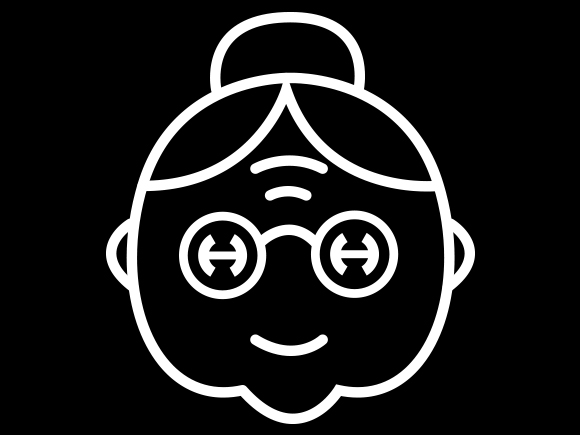This year the media landscape brought about a wave of changes. Each should be part of a consideration set for 2016 planning. Here’s our “shortlist” of several trends to get you thinking like an expert through the end of 2015.
1. The Death of Flash: It sounds a bit dramatic, but we’re right in the middle of a major shift. Flash has been the norm for banner ads for some time because it looks cooler than static images and costs less than rich media. However, iOS and many Android devices have refused to support the passing medium. As mobile has surpassed desktop and is continually on the climb, this poses issues for the future of Flash. In fact, Google has transitioned to do away with flash ads entirely within Google Chrome, forcing the advertising world to switch or be left behind.
This is where HTML5 comes in. It’s been on the mind of marketers for nearly half a decade and is now recommended to all marketers by the IAB. HTML5 is considered the sole format for building cross-device, mobile-ready creative with a consistent, high-quality ad experience. HTML5 provides the opportunity of exploring more engaging activity within a banner without hitting the threshold of rich media.
2. The Year of Native: Native advertising is the practice of creating online ads that match the form and function of the platform on which they appear. They show up as promoted Facebook posts, promoted Tweets, display ads (such as on the Yahoo homepage) and sponsored content (e.g., BuzzFeed). Business Insider estimates the industry will spend $7.9 billion on native ads in 2015, growing to $21 billion in 2018.
And that’s because it works. Not only is native advertising an additional avenue to reach key audiences but those audiences also tend to have generally positive reactions. The catch is to ensure that content is relevant and trustworthy, so consumers don’t feel tricked. Native ads simply perform better than traditional display ads. While display ads see .08% and .3–.5% click-through rates (CTR) on desktop and mobile, respectively, native ads see as much as 1.15% on desktop and over 1% on mobile. The numbers seem small but have a considerable effect when impressions get into the thousands or millions.
3. Designing to Action: Create compelling design by keeping in mind the consumers who are interacting with your banner ads. Consumers tend to prefer ease-of-use over complexity, requiring a clear call-to-action and a landing page that meets the expectation set by the banner. It’s also easy for consumers to ignore banners, so it’s important to include recognizable visuals or product shots and a logo or brand identifier in every frame.
4. Location, Location, Location: Behavioral targeting via mobile drives product awareness and ultimately encourages in-store purchase. Banners are served in WAP or app environments, usually when a consumer is near a location (from feet to miles). There are several types of geofencing used to target consumers by location.
In-Store Mobile Geofencing delivers a message to devices on the basis of latitudinal and longitudinal location data (parking lot and store interior) to influence decisions at the point of purchase.
Consumer Retargeting remessages consumers seen at priority stores in the previous four weeks to drive awareness of products and store availability.
Near-Store Mobile Geofencing targets the latitudes and longitudes of consumers who are within three miles of stores to encourage an impulse-shopping stop.
Geo-Audience Targeting pursues consumers who have shopped at a retailer one or two times in the last four weeks and who have other behavioral qualifications.
There are also countless shopping apps that alert consumers of deals and reward points for performed activities, which can be exchanged for gift cards and other rewards.
The Bottom Line
As the IAB urges, it’s time for marketers to stop being inert, one-dimensional and static. The world we play in is one that is fluid, adapting and full of wonder. These lists imply that no matter how much you know there is always room to learn more. We’re always learning and we hope you are too.
What new media trends are you considering for your brands? Share in the comments below!
